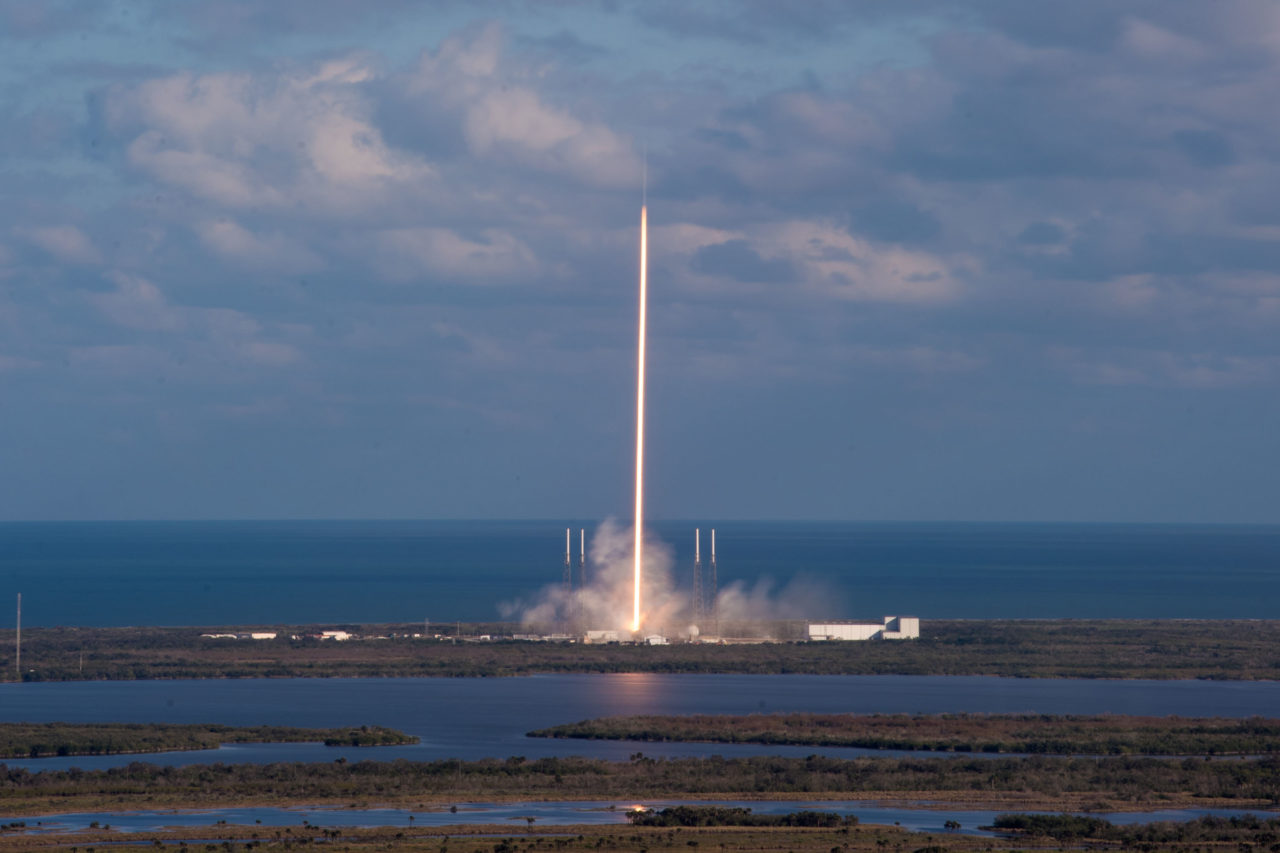Latest News

SpaceX’s Falcon 9 launches GovSat 1 on Jan. 31, 2018. Photo: GovSat.
Despite January’s Zuma launch mishap, SpaceX is moving forward with its manifest on schedule, orbiting a new satellite for SES and the government of Luxembourg Wednesday afternoon. Kicking off the mission around 4:30 p.m. EST on Jan. 31, SpaceX successfully launched GovSat 1 (or SES 16), a satellite that will support secure communications for Luxembourg’s military operations.
The mission marked the third time SpaceX used a flight-proven Falcon 9 to orbit a satellite for SES. Because the first-stage booster was a “Block 3” iteration (the company has since progressed to the improved Block 5), SpaceX did not attempt a relanding on one of its drone ships as has become tradition. Instead, the company used the opportunity to test a “very high retrothrust landing,” using a full three-engine landing burn to slow the rocket’s descent enough to survive impact with the water.
This rocket was meant to test very high retrothrust landing in water so it didn’t hurt the droneship, but amazingly it has survived. We will try to tow it back to shore. pic.twitter.com/hipmgdnq16
— Elon Musk (@elonmusk) January 31, 2018
The spacecraft is the first satellite launched for GovSat, a Public-Private Partnership (PPP) formed between SES and the government of Luxembourg. According to GovSat Chief Executive Officer (CEO) Patrick Biewer, GovSat 1 is a dual-mission satellite that supports both defense and civil applications. Built by Orbital ATK, it operates in the X- and Ka-bands and carries six fully steerable spot beams for multiple government missions across Europe, the Middle East and Africa. From its position at 21.5 degrees east, the satellite can also provide maritime coverage over the Mediterranean and Baltic seas and the Atlantic and Indian Oceans.
Over the next two weeks, Orbital ATK will conduct orbit-raising procedures and in-orbit tests before handing off GovSat 1 to GovSat, which will operate the spacecraft from the Secure Mission Operations Centre in Luxembourg. According to SES, the Luxembourg government has pre-committed significant capacity on the satellite in support of its North Atlantic Treaty Organization (NATO) commitments. The remaining capacity will be made commercially available to governmental and institutional users.
The successful launch clears the path forward to the first flight of Falcon Heavy, scheduled for Feb. 6.
Get the latest Via Satellite news!
Subscribe Now